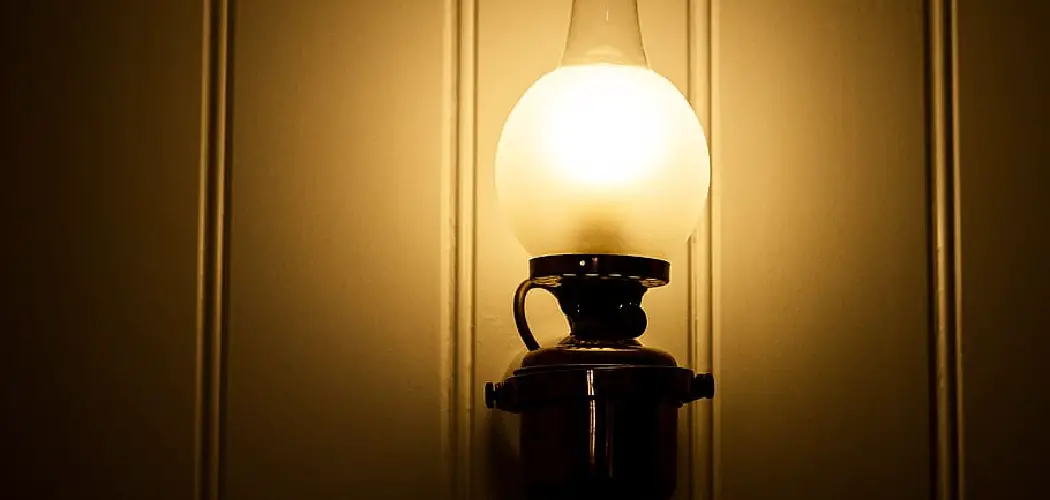Do you ever feel that the amount of light in your room is just too much? Or perhaps the atmosphere could use a bit of calming down? If you’d like to adjust the brightness in your living space, dimming a lamp might be just what you need.
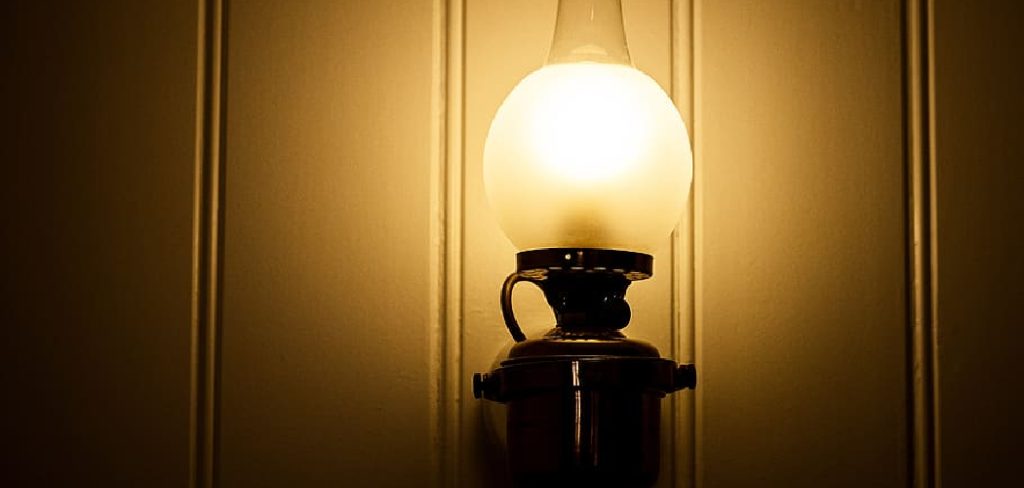
This simple task can completely transform the ambiance of any room and add some serious style points while you’re at it. In this blog post, we’ll walk through all the steps for how to dim a lamp – from choosing a compatible bulb to actually connecting it up! Read on for everything there is to know about adjusting your lighting levels with ease.
Step-by-Step Guidelines on How to Dim a Lamp
Step 1: Choosing a Compatible Bulb
The first step in dimming your lamp is to find the right type of bulb. Not all bulbs can be used with dimmers, so it’s important to select one that’s compatible. Look for bulbs that are designed specifically for use with dimmers, or check the packaging for details. A compatible bulb will often be labeled as “dimmable” or “dimmed”.
Step 2: Installing the Bulb
Once you have the right bulb, it’s time to install it in your lamp. Make sure that the power has been switched off completely before you begin working on your lamp – this is important for safety reasons. Depending on the type of lamp, you may need to unscrew or unclip the cover before inserting your new bulb.
Step 3: Connecting the Dimmer Switch
The next step is to install a dimmer switch onto your lamp. This should be attached in place of the traditional light switch. Make sure that the wiring is connected properly, following the instructions provided with your dimmer switch. While connecting the wiring, you should also pay attention to the voltage rating – This is typically printed on the dimmer switch or packaging and should match the voltage of your lamp.
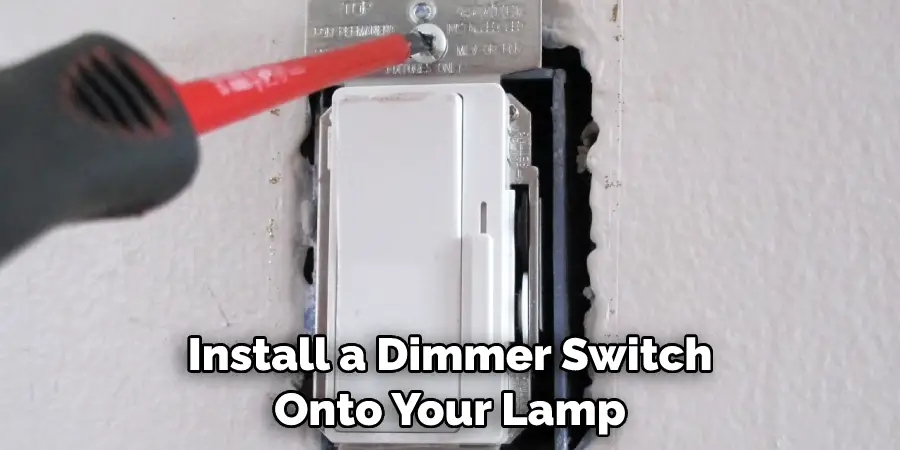
Step 4: Installing a Wall Plate
Once you’ve connected your dimmer switch, it’s time to install a wall plate. This will cover up the wiring and provide a neat finish to your dimmer. Depending on the type of wall plate you have purchased, installation may require some screws or adhesive.
Step 5: Testing Your Lamp
Now it’s time to test out your newly installed dimmer! Make sure that all the connections are secure and then switch the power back on. You should now be able to adjust the brightness of your lamp by simply turning the dimmer switch.
And that’s it! Now you know how to dim a lamp, and you can easily create the perfect atmosphere in any room with just a few quick steps. To take things up a notch, why not try out different bulbs and colors for a truly unique lighting experience?
Additional Tips and Tricks to Dim a Lamp
1. Make sure the lamp you are using is dimmable. Special LED lamps, for instance, may not be able to be dimmed with standard dimmers. This is especially true if the wattage of the bulb exceeds that of the dimmer switch’s maximum wattage capability.
2. Check the circuits in your home to make sure the wattage of the lamp will not overload the circuit. Exceeding the maximum wattage can cause damage to your electrical system.
3. Use a dimmer switch that is compatible with LED lamps or CFLs (Compact Fluorescent Lamps). Some dimmers may be designed for use with only incandescent lamps.
4. Make sure the wattage of the lamp is lower than that of the dimmer switch. If not, it will be difficult to dim the light and may cause damage to your electrical system.
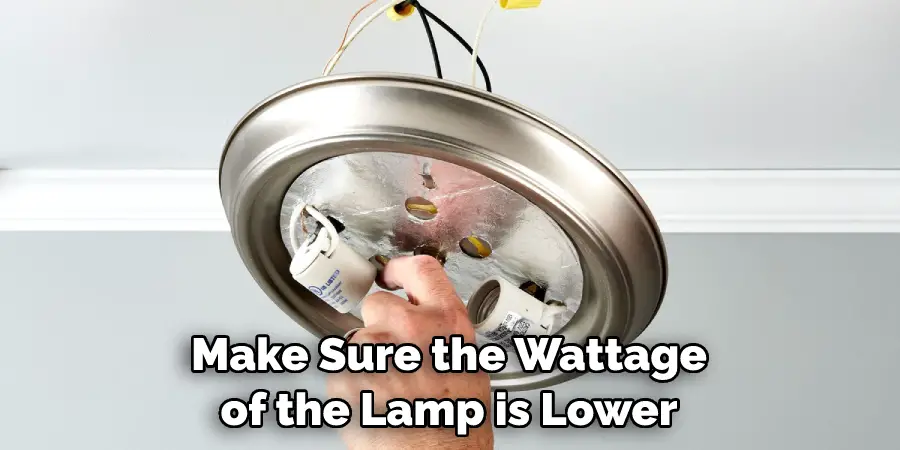
5. Increase or decrease the brightness gradually rather than making abrupt changes in order to avoid sudden spikes in electricity.
6. Test the dimmer switch before putting it in place to avoid any wiring problems that can arise due to incorrect installation.
7. Be mindful of your safety when installing a new dimmer switch and read all instructions carefully before beginning. If you are unsure about how to install the switch, consult an electrician for help.
Following these tips and tricks will ensure that you are able to successfully dim your lamp without causing any damage or putting yourself at risk. With the right preparation, dimming a lamp can be an easy and enjoyable task!
Things You Should Consider While Dimming a Lamp
1. Check the wattage of the lamp before dimming it. The wrong bulb wattage can cause a safety hazard. A bulb that is too high in the wattage could cause excessive heat and may become a fire risk, while one that is too low can strain the electrical wiring and circuitry, potentially damaging it.
2. Make sure the dimmer switch and lamp are compatible. Many dimmers require a specific type of light bulb or wattage rating to work properly. If you aren’t sure, consult a professional electrician to help determine the best option for your space.
3. Consider the size of the room when choosing a dimmer switch and the level of dimming. A small room may require a more powerful dimmer switch and lower setting to create mood lighting than a larger one.

4. Be aware that some LED bulbs are not compatible with all types of dimmers, so be sure to check the product specifications before installing them in an existing fixture.
5. Take into account the size of the lamp and its surroundings. If you are dimming a large-scale fixture, be sure to choose a higher power setting on your dimmer switch in order to create enough light. Additionally, make sure that there is adequate clearance between the lamp and surrounding furniture or walls.
6. Choose the right color dimmer switch for the type of light bulb you are using. Different types of bulbs require different colored switches in order to function properly and create the desired lighting effect.
7. Finally, if you have any doubts or concerns, consult a professional electrician before attempting to install or adjust your own lamp dimming system. They can provide expert advice and guidance to ensure that your lighting is installed correctly, safely, and efficiently.
Precautions Need to Follow for Dimming a Lamp
1. Make sure you are using the correct dimmer switch for your type of lamp. Check the packaging or instruction manual to determine which dimmer switch works with your specific lamp.
2. Always turn off the power supply before attempting to install a dimmer switch into any circuit, and remember to test the outlet with an electrical tester to confirm that it is not life.
3. When installing the dimmer switch, ensure that all of the wires are connected correctly. Refer to the instruction manual for specific wiring diagrams related to your lamp and dimmer switch.
4. Always observe proper safety precautions when working with electricity, such as wearing protective gloves, eyewear, and clothing.
5. Make sure that the lamp is receiving the appropriate voltage for it to work correctly with a dimmer switch.
6. Always test the lamp after installation to make sure that it functions properly and that you can adjust its brightness level as desired.
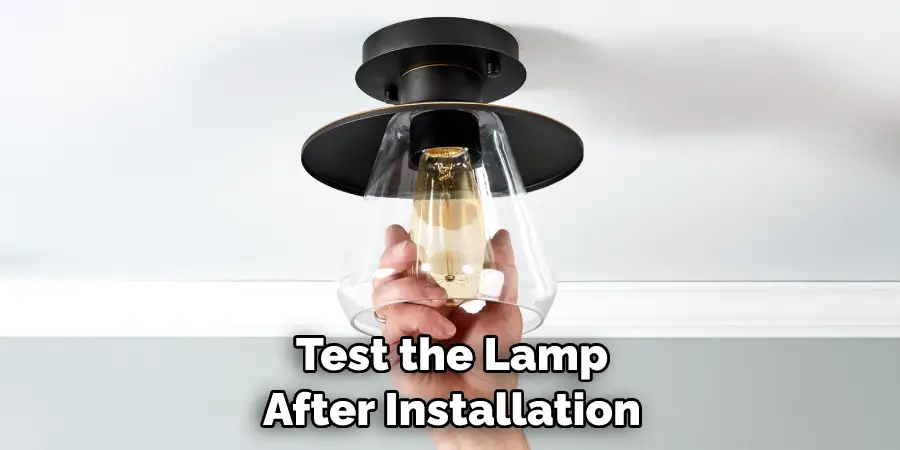
7. When cleaning your lamp, only use a damp cloth and be sure not to get any water or other liquids on the dimmer switch.
With the following precautions in mind, dimming a lamp can be a safe and enjoyable activity. Taking the time to familiarize yourself with your specific lamp and dimmer switch will ensure that you get the best results when attempting to dim your light.
Additionally, periodically testing both the lamp and dimmer switch will help ensure that your lighting levels stay consistent over time. With the right knowledge and proper safety procedures, dimming a lamp can be an easy and rewarding task.
Frequently Asked Questions
What Type of Bulb Can I Use to Dim a Lamp?
You can use an incandescent, halogen, or LED bulb that is rated for dimming. It is important to check the wattage rating printed on the product packaging before purchasing a light bulb for your lamp. If you are unsure, consult with a lighting specialist to ensure you select the right bulb for your lamp.
What Type of Lamp Is Best Suited for Dimming?
Most types of lamps, including floor and table lamps, can be used with dimmer switches. However, there are some specialty lamps that may not be compatible with dimmers. If you have any questions about compatibility, contact the manufacturer for more information.
How Do I Know if My Lamp Is Dimmable?
If your lamp has a dimmer switch installed, it is most likely capable of being dimmed. If you are unsure, check with the manufacturer or consult an electrician to confirm that your lamp can be safely used with a dimmer switch.
Conclusion
Knowing how to dim a lamp can help you create just the right atmosphere in your home or office. Make sure to use an appropriate bulb and verify that your lamp is dimmable before attempting to install a dimmer switch.
If you have any questions, consult with a lighting specialist or electrician for advice. With the right information and safety precautions, you will be able to successfully dim your lamp and create the perfect mood.
